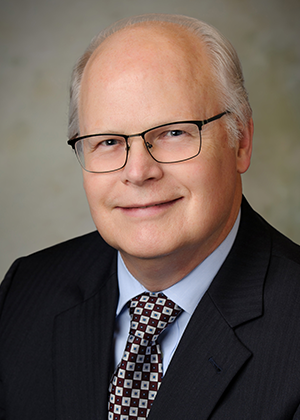The Families First Coronavirus Response Act became effective April 2. The Department of Labor published regulations on April 6.
This is a brief overview of the portions of these complex and hurriedly written statutes and regulations addressing sick pay and leaves of absence. Implementation will be similarly complex and hurried. That the regulations create limitations not found in the statutes will not ease application.
EMERGENCY FAMILY AND MEDICAL LEAVE EXPANSION ACT (“EFMLA”)
EFMLA creates a new category of leave that DOL calls “Expanded Family and Medical Leave” (“EFML”). Any employer with fewer than 500 employees (per capita and not on an FTE basis) is covered. Anyone employed for at least 30 days is eligible. (A business with fewer than 50 employees may claim exemption in certain circumstances.)
EFML is available now. An employee may take EFML if he or she has a “qualifying need related to a public health emergency”, that is, the employee is unable to work (or telework) due to a need to care for his or her child whose school or place of care has closed, or the child care provider is unavailable, but only if no other suitable person is available. EFML can be up to 12 weeks, but not beyond December 31.
The first ten workdays of EFML need not be paid. The employee may elect to substitute any accrued vacation, personal leave, or medical or sick leave.
If EFML runs longer than ten workdays, it becomes paid leave at two-thirds of regular pay but not more than $200 a day and $10,000 in the aggregate.
EFML is an addition to FMLA. With standard Family and Medical Leave available for an employee’s serious health condition, or for an employee to care for his or her spouse, child, or parent who has a serious health condition, EFML will often overlap a standard FMLA leave.
EMERGENCY PAID SICK LEAVE ACT (“EPSLA”)
EPSLA mandates “paid sick time” for COVID-19, which DOL confusingly calls Paid Sick Leave.
Paid Sick Leave is available now. All employees employed by a covered employer (fewer than 500 employees) are eligible, with no required minimum time of employment.
Paid Sick Leave is available for COVID-19 related reasons if the employee is unable to work (or telework) and he or she: (a) is subject to a government quarantine or isolation order; (b) has been advised by a health care provider to self-quarantine; (c) is experiencing symptoms and seeking a medical diagnosis; (d) is caring for an individual who is subject to quarantine or self-quarantine; (e) is caring for his or her child whose school or place of care has closed, or the child care provider is unavailable, but only if no other suitable person is available; or (f) is experiencing any other substantially similar condition specified by Health and Human Services. However, if the employer does not have work for the employee, Paid Sick Leave is not available for reasons (a), (d), or (e).
The Paid Sick Leave benefit is the equivalent of two weeks’ pay, with limits that vary according to the reason. For an isolation order, self-quarantine, or experiencing symptoms ((a), (b), and (c) above), the per day maximum is $511, with a ten-day aggregate of $5,110. For caring for an individual or child, or for another condition specified by HHS ((d), (e), or (f) above), the benefit is two-thirds of regular pay up to $200 a day with a ten-day aggregate of $2,000.

EFML and Paid Sick Leave lapse with termination of employment and there is no compensation for unused benefits. Similarly, all EFML and Paid Sick Leave benefits lapse without compensation upon expiration of EFMLA and EPSLA on December 31, 2020.
By Tom C. Fenton
Tom Fenton’s practice includes banking and finance law, commercial litigation, employment law, municipal law and business planning and transactions.


